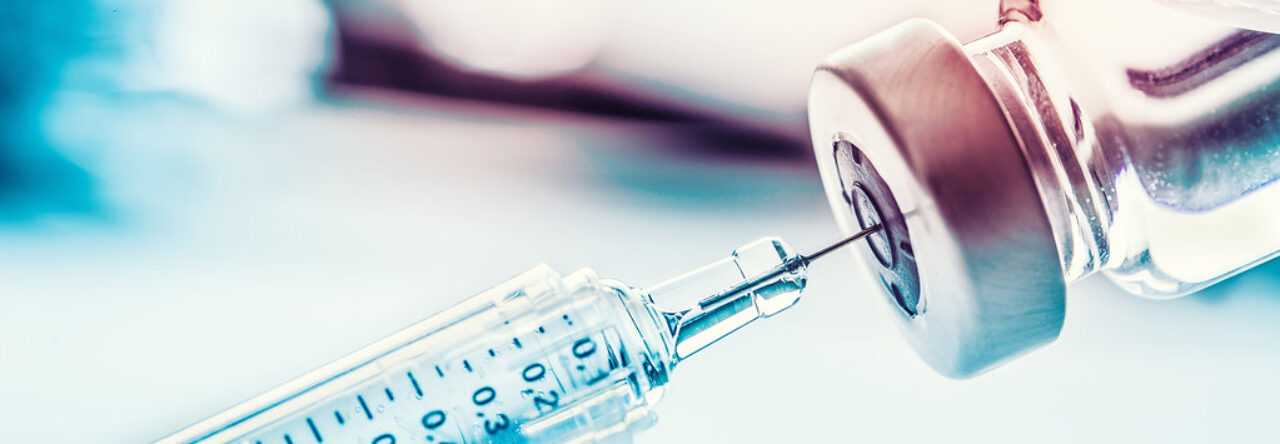A theme that is crucial to fully understand the research question is why these athletes may be hesitant or against vaccines in general. Vaccine hesitancy is a global health issue, and there’s various reasons why some people could be unsure about it. For example, Rodrigues et al. (2022:80) discuss that some caregivers of children are hesitant about giving the vaccine to children due to the different effects it could have on them compared to full grown adults. Addressing hesitancy and spreading accurate information can possibly result in a boost in uptake of the vaccine. As stated before, people may decline the vaccine due to religious or health reasons, but it is important to look at the research behind individuals’ reasons for declining. Flescher (2023:569) discusses the issue of people being able to bypass health rules if they claim it is against their religion, and the debate it brings regarding the health and safety of those around them. Flescher (2023:569) also mentions the debate of if these religious excuses are honest or if they are just political. Also, a large reason why people and specifically athletes decline the Covid vaccine is because of the spread of misinformation. Zimmerman et al. (2023) stated that many people that were hesitant to receive the Covid vaccine were because of the side effects and skepticism driven by political and religious beliefs. A study also showed that vaccine misinformation was a main factor in conservatives rejecting the Covid-19 vaccine, but did not have any effect on liberals (Rasul and Saifuddin 2023:586). This shows the importance of clearing up misinformation regarding vaccines, and how this misinformation may cause people to shy away from the vaccine entirely. When discussing hesitancy, this also leads to acceptance rates of the vaccine being lower than one would imagine, due to the worldwide shutdown Covid-19 is responsible for. Sallam (2021:160) showed that the vaccine acceptance rate of the United States was at 56.9% as of December of 2020. This is particularly low, compared to other countries with high acceptance rates such as Ecuador (97.0%), Malaysia (94.3%), and China (91.7%) (Sallam 2021:160). Considering these other countries, the United States has a much lower rate, and increasing the rate is especially significant in helping control the spread of the virus.
